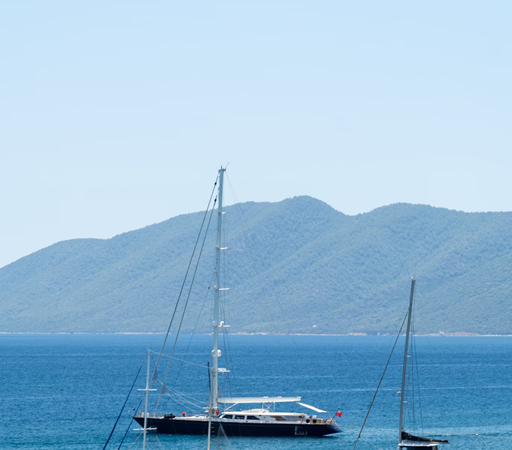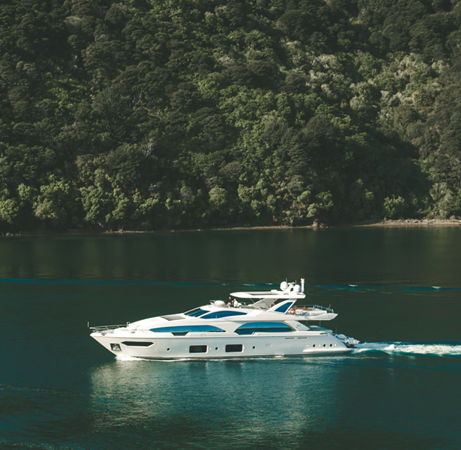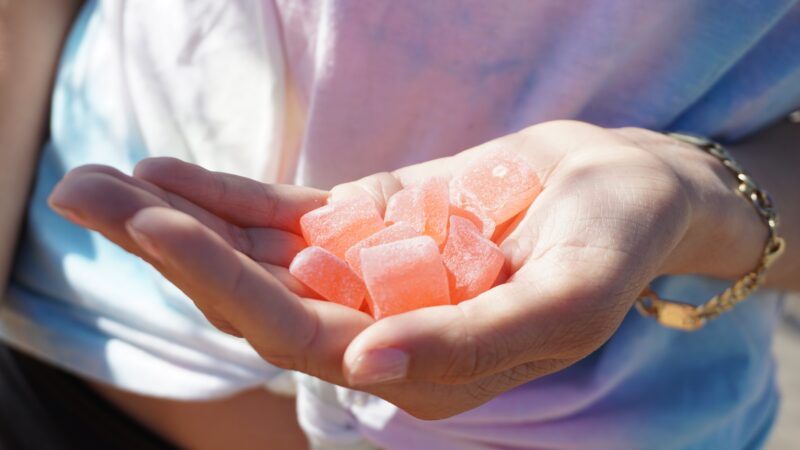All Rivers OF Europe

Welcome to our comprehensive guide on the rivers of Europe! From the mightiest waterways to the most pristine streams, this article will take you on a journey through some of the continent’s most impressive natural wonders. We’ll explore everything from Europe’s longest and deepest rivers to its dirtiest and cleanest bodies of water. Plus, we’ll provide tips on how you can help protect these vital resources for future generations. So sit back, relax, and let’s dive into all things European rivers!
Table of Contents
The rivers of Europe
Europe is blessed with an extensive network of rivers that flow through its beautiful landscapes. These waterways provide not only a vital source of fresh water for the continent’s inhabitants but also support diverse ecosystems and wildlife. The major European rivers, including the Danube, Rhine, Volga, and Thames are among the most significant in terms of their length and geographic scope.
In addition to these mighty rivers, there are countless smaller streams and tributaries that weave through Europe’s countryside. From the crystal-clear waters of Norway’s Sognefjord to Italy’s winding Po River delta, each body of water has its own unique character and charm.
Despite being integral parts of Europe’s natural heritage, many rivers have suffered from human activity such as pollution or overuse. However, efforts are being made across the continent to restore damaged areas and protect these valuable resources for future generations.
The longest river in Europe
The longest river in Europe is the Volga, which runs for about 3,531 kilometers. It flows through central Russia towards the Caspian Sea and passes by some of Russia’s major cities like Moscow and Kazan.
The Volga River has been an integral part of Russian history and culture since ancient times. It played a significant role in early trade routes and provided essential transportation for goods within Russia.
Today, the Volga is a popular tourist destination due to its beautiful scenery and cultural significance. Visitors can take river cruises that offer stunning views of natural landscapes along with stops at historic sites such as monasteries, museums, and traditional villages.
However, despite its beauty and importance to Russian culture, the Volga also faces environmental challenges from pollution caused by industrial waste. This has put pressure on local authorities to implement measures that protect this vital waterway from further degradation.
The Volga remains a symbol of both historical significance and modern-day issues facing Europe’s rivers today.
The deepest river in Europe
When it comes to the deepest river in Europe, there is no doubt that the honor goes to the mighty Danube. This legendary river runs through ten countries and has a total length of 1,777 miles, making it one of the longest rivers on the continent as well.
The depth of the Danube varies throughout its course, but in some parts, it can reach over 80 feet deep! That’s deeper than an eight-story building! The exact depth depends on several factors such as rainfall and human activities like dredging.
One reason why this river is so important is that it provides water for millions of people who live along its banks. It also supports various ecosystems and habitats that are crucial for biodiversity conservation.
Despite its ecological significance, the Danube faces numerous threats from pollution caused by industries along its shores. This issue highlights how human activities can impact even some of Europe’s most iconic rivers negatively.
Fortunately, many organizations have come together to protect this valuable resource by promoting sustainable practices and raising awareness about conservation efforts. By working together and investing in scientific research that monitors changes in water quality and quantity across different regions of Europe’s riverscapes’ governments can help ensure these vital resources remain protected for generations to come.
The most polluted river in Europe
The most polluted river in Europe is the Citarum River, located in West Java, Indonesia. Despite not being situated within the European continent, it is still considered as one of the most polluted rivers in the world due to its high level of pollution.
The Citarum River has been heavily contaminated by industrial waste from clothing factories and other manufacturing industries that discharge their untreated waste into the river. The water is also used for agricultural purposes which further contributes to its pollution.
This has led to devastating consequences for both humans and wildlife who depend on this river as a source of water and food. The local communities suffer from health issues caused by exposure to toxic chemicals while aquatic life faces extinction.
Efforts are being made to clean up this river, but it remains a daunting task given how extensively damaged it has become. Governments, corporations, and individuals need to work together towards implementing sustainable solutions that can prevent further damage from occurring.
While there are many polluted rivers across Europe with their own unique challenges, we must recognize the importance of taking action against pollution globally if we hope to preserve our planet’s precious natural resources for future generations.
The cleanest river in Europe
The cleanest river in Europe is a title that many rivers can claim, but one stands out as a shining example of environmental stewardship. The Soca River, located in Slovenia, has been named the cleanest and most pristine river in Europe by several organizations.
The clear turquoise water of the Soca River comes from its origin high up in the Julian Alps. As it flows down through the valleys and gorges, it remains unpolluted due to strict regulations on nearby human activities such as farming and industry.
Not only is the Soca River stunningly beautiful with its emerald pools and waterfalls, but it also serves as an important habitat for various species of fish and aquatic life. It’s no surprise that locals have nicknamed it “the Emerald Beauty.”
Tourists come from afar to swim, kayak or canoe along this crystal-clear river. Visitors are reminded to respect the natural environment surrounding them so that future generations can enjoy this spectacular gem just like we do today.
It’s inspiring to see how protecting our environment can lead to such incredible results like having one of Europe’s cleanest rivers right at our doorstep. Let us continue working together towards preserving our planet for all living beings who call Earth their home.
How to protect the rivers of Europe
The rivers of Europe are essential natural resources that provide a wide range of benefits to the people and ecosystems they support. These include clean drinking water, transportation, recreation, and habitat for diverse aquatic life. However, these rivers face increasing threats from human activities such as pollution, overuse, and climate change.
To protect the rivers of Europe requires collective efforts from all stakeholders. One way to achieve this is by raising awareness among the public about the importance of these water bodies. People need to understand how their actions affect river health and what they can do to reduce negative impacts.
Another crucial step towards protecting European rivers is implementing effective policies that address key issues like industrial waste disposal and agricultural runoff into streams or lakes connected with major river systems in Europe.
Governments must also invest in modern technologies that minimize environmental degradation while promoting sustainable development practices alongside robust legislative framework designed specifically for conserving aquatic biodiversity.
Individuals should take personal responsibility for reducing their own ecological footprint on our planet’s freshwater reserves; there are simple steps we can all take every day like using fewer chemicals around homes or choosing products with less packaging when shopping at grocery stores – which go a long way toward saving our precious freshwater resources!
Conclusion
The rivers of Europe are incredibly diverse in terms of their length, depth, pollution levels and cleanliness. While some may be more famous than others, each river has its own unique history and importance to the countries they flow through.
However, it is important for us to remember that these rivers play a crucial role in our environment and ecosystem. They provide habitats for various species of plants and animals, as well as supplying water for drinking, agriculture, industry and transportation.
It is therefore vital that we take steps to protect our rivers from further damage caused by pollution or human activities such as damming or dredging. This can be achieved through education on sustainable practices such as reducing plastic waste or supporting conservation efforts.
By working together to protect our precious rivers of Europe, we can ensure that future generations will continue to enjoy their beauty and benefits for years to come.






